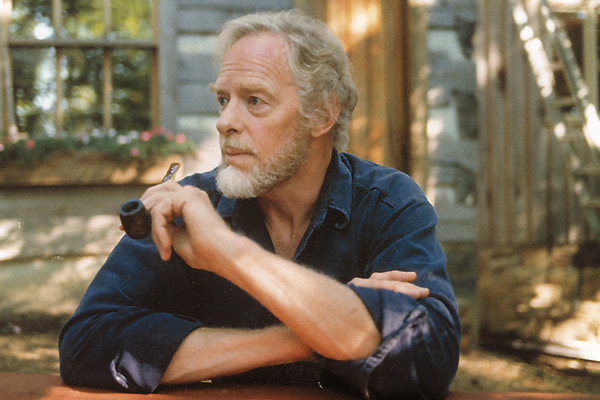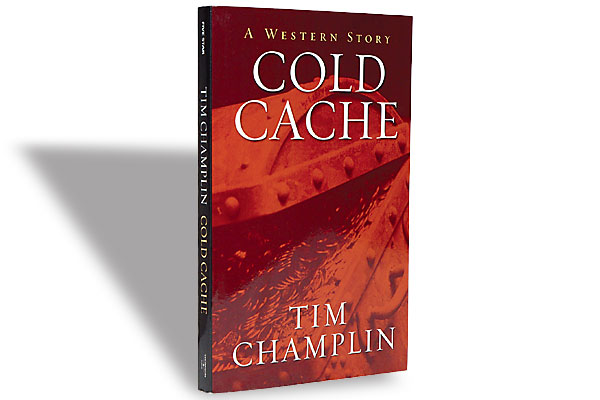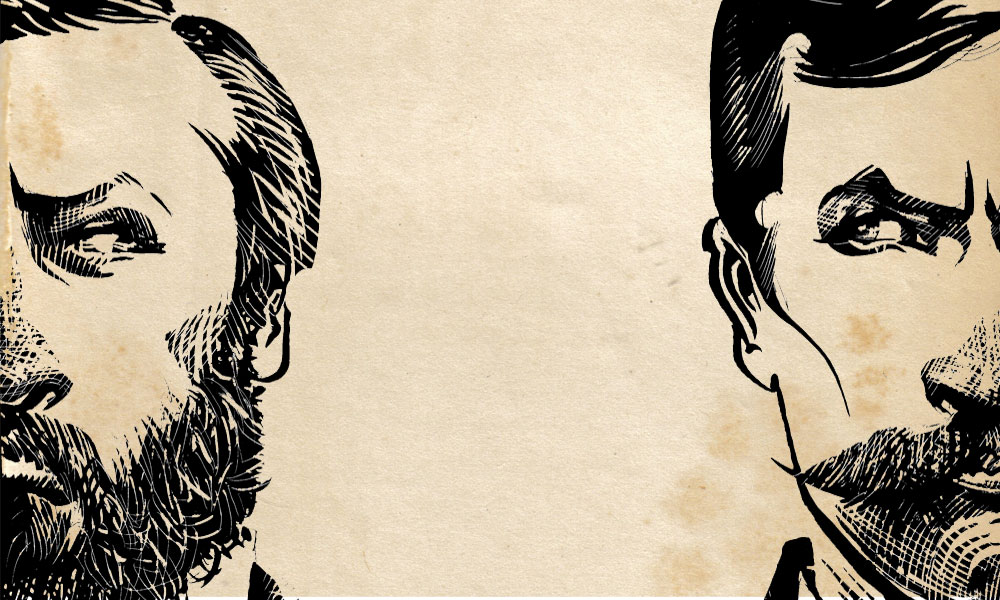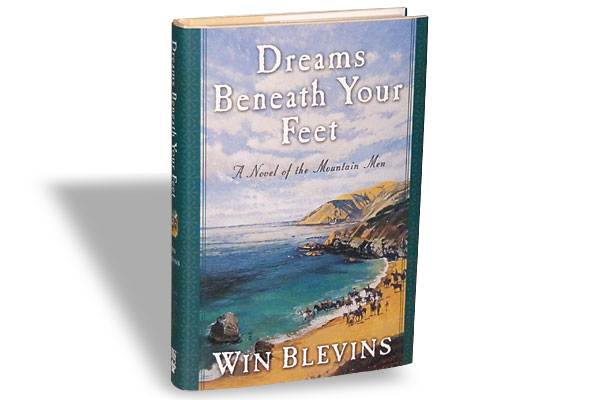 Writers of nonfiction spend countless hours researching, but few are as dedicated about it as historical novelist James Alexander Thom.
Writers of nonfiction spend countless hours researching, but few are as dedicated about it as historical novelist James Alexander Thom.
Not only does he consult typical sources such as letters and journals, but he also relives much of his characters’ experiences in order to bring realism to his writing. When researching his best-selling book, Follow the River, Thom fasted for a week to be able to “describe the physical and mental effects of severe hunger” that protagonist Mary Ingles endured while escaping from her Indian captors. Wanting to feel the hardships endured by George Rogers Clark’s forces during the Revolutionary War as they crossed the flooded Wabash River in February 1779 (recounted in Long Knife), Thom waded in an icy pond for hours during several days, just as they had. “But unlike them,” he said, “I could dry out and warm up between immersions.”
For From Sea to Shining Sea, he retraced Lewis and Clark’s Voyage of Discovery and camped in the wind in North Dakota and in the rain on Idaho’s Lolo Trail. By the end of his 30-state research foray, he was congested and feverish but could say with authority, “Lewis and Clark’s men underwent fatigues and discomforts that must match any in history.”
Thom’s thirst for accuracy led him to master muzzleloaders and dismantle a 140-year-old log cabin, move it to a scenic ridge on his own land in central Indiana and rebuild it using only period tools. Thom says the “quill pen was the hardest instrument to master [because] modern people have a heavy hand from using [ballpoint] pens and pencils.” When asked if he consults the Internet for his research, he replied, “I don’t do computers at all—I live in the 18th and 19th centuries and computers aren’t invented yet.”
The results of Thom’s painstaking research are books that often change readers’ lives. Several women told him how Follow the River saved their lives, and one intrepid, middle-aged lady was inspired to re-enact Mary Ingles’ entire 43-day trek.
Thom, a former Marine and journalist, says his favorite book is Panther in the Sky, the story of the Shawnee leader Tecumseh, who, not surprisingly, is also the historical character Thom most admires. His first book, Spectator Sport, about the ill-fated 1973 Indianapolis 500 auto race, is his least favorite because he was “writing ‘against’ things [he] deplored.” He has mixed feelings about some of his characters: He admires the brothers George Rogers and William Clark for their courage and accomplishments, but is repelled by their ruthless opportunism.
Thom’s most recent books have been written from the Indian point of view. Researching them has caused him to become immersed in Native American customs and has increased his “awareness and knowledge of the natural world.” His search for an understanding of Tecumseh’s Indian heritage led Thom to the woman he eventually married, Dark Rain, who he met through her brother, an Ohio Shawnee chief. At the present time, the Thoms are co-authoring a Revolutionary War novel about a famous female Shawnee leader (scheduled for 2003 publication by Random House-Ballantine).
When not writing, Thom enjoys working with wood, canoeing and archery. He and Dark Rain are also elders of the Ohio Shawnee tribe and are environmental activists. When asked how he would like history to remember him, Thom replied, “as a good storyteller, an amusing friend, a loving husband and a steward of the earth.” Hear! Hear!






